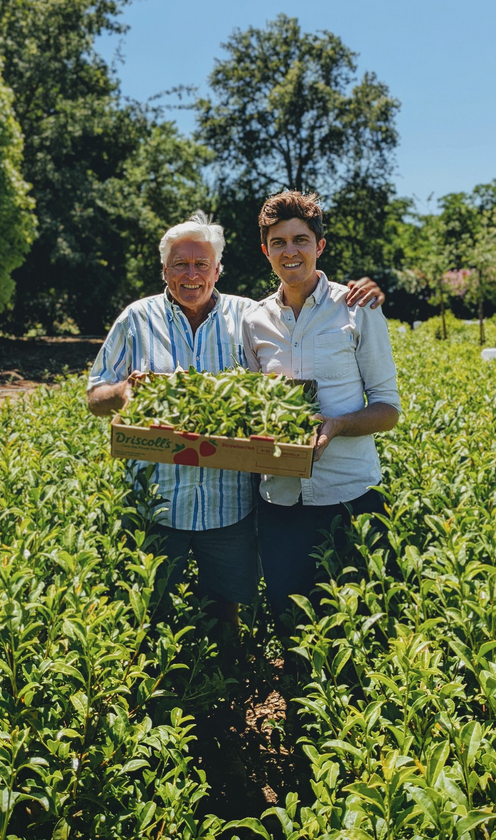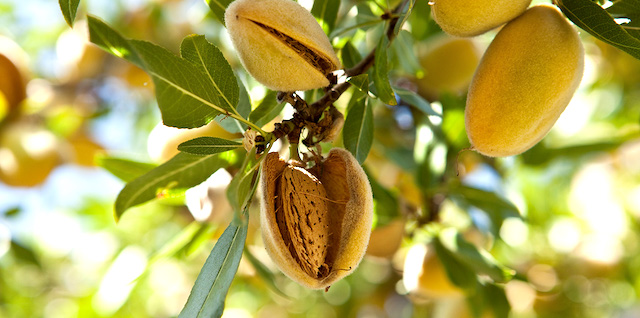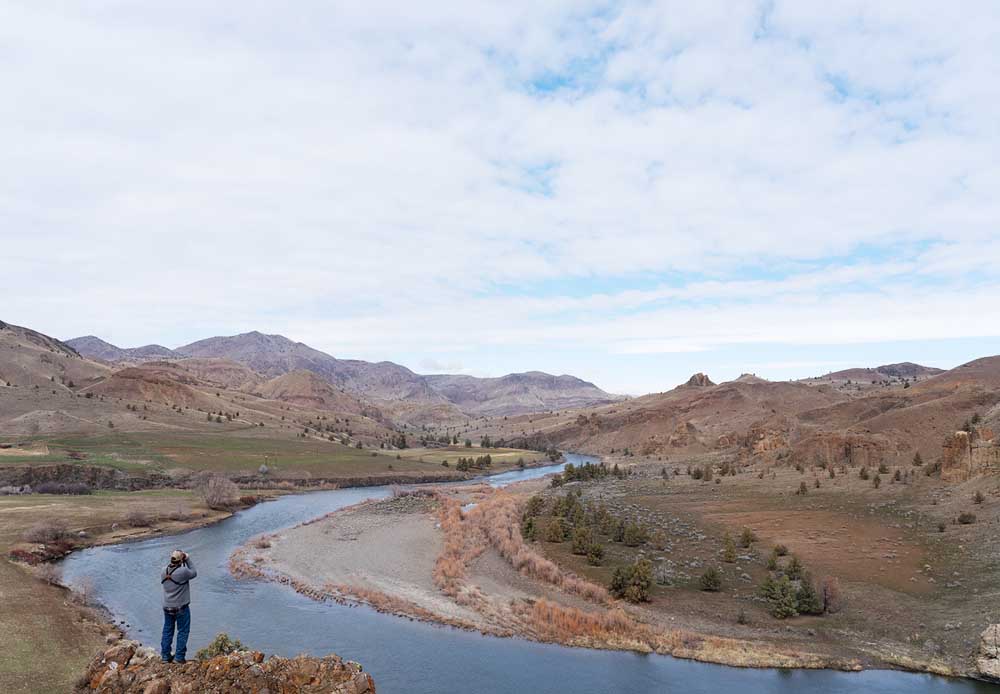Western Innovator: Farmer finds success in tea leaves
Published 1:15 pm Thursday, December 12, 2024

- Eric and Patrick Sunbury started Redwood Tea Estate near Lodi, Calif.
LODI, Calif. — Patrick Sudbury, of Redwood Tea Estate, says it wasn’t until he was 32 that he made a major life change: leaving his international landscape job to begin farming.
Trending
“Agriculture is part of my family’s legacy,” he said. “My father, Eric, grew up on a farm, worked in sales for Dole Fresh Fruit, and managed cherry orchards. On my mother’s side, our family has been farming in California since the Gold Rush.”
The idea to begin growing tea leaves came about 2019, when his dad read about a 1960s tea-growing experiment conducted in California’s San Joaquin Valley through a partnership between the University of California system and Lipton Tea. The experiment showed promise, but Lipton discontinued funding in 1981.
Sparked by an entrepreneurial spirit and a drive to create something new, Patrick and Eric began exploring tea farming.
Trending
The U.S. tea market is heavily reliant on imports — 99% of the tea consumed in the U.S. comes from abroad, much of it lower quality and produced in poor conditions.
“We wanted to offer an alternative locally grown, sustainable, high-quality tea that’s free of pesticides, fungicides and herbicides,” Patrick said.
California offers a unique terroir that’s ideal for growing exceptional tea. The farm benefits from a Mediterranean climate with large diurnal swings — hot days and cool nights — similar to the conditions that produce world-class wines in Napa, Sonoma and Lodi.
Stress plays a crucial role in flavor development. California’s intense ultraviolet radiation and dry summers create the right level of stress for the plants to produce complex flavors. This stress triggers the production of secondary metabolites, such as polyphenols and amino acids, which enhance the tea’s aroma, taste and health benefits, he said.
Soil is another advantage. It’s rich in minerals due to Sierra Nevada runoff, which carries glacial silt into the San Joaquin Valley.
“This nutrient-dense soil gives our tea a distinct minerality and a full-bodied mouthfeel,” he said.
“Tea begins with selecting the right cultivars for the climate and soil,” Patrick said. “The soil is prepared to be acidic and well-drained, often using raised beds or slopes to prevent waterlogging.”
Young seedlings or cuttings are planted and mulched to suppress weeds and retain moisture.
All types of tea — white, green, yellow, oolong, and black — come from the same plant, but there are different cultivars. The environment also influences the teas.
The U.S. tea industry is still in its infancy, and most commercial farms are only a few acres. There are fewer than a dozen growers, located in states like South Carolina, Mississippi, Louisiana, Florida, California, Oregon, Washington and Hawaii.
Tea thrives in its native subtropical forest environment, but growing it elsewhere requires careful adaptation. The key is finding a balance of stress — too little, and the tea is bland. Too much, and the plants suffer or die.
California’s climate offers the perfect balance of stress, but managing it requires precision drip irrigation, adjusting UV exposure with shade cloth or native trees and ensuring the soil remains nutrient-rich with additions of compost, he said.
Growing is only half the challenge. Processing tea is an art form that requires immense skill and attention to detail. Every leaf is unique, and processing methods must adapt to seasonal variations and cultivar differences. It’s a constantly evolving craft, but one that’s deeply rewarding, he said.
Patrick Sudbury
Hometown: Bakersfield, Calif.
Education: Bachelor of architecture from the University of California-Berkeley, master’s degree in landscape architecture from Harvard University
Occupation: Landscape designer, farmer, tea maker
Personal quote: “Tea as it should be: fresh, hand-crafted, locally sourced and uniquely expressive of its terroir.”







